I’d be remiss if I didn’t mention that it’s not always a walk through a lush meadow.
You see, although I’ve been extolling the virtues of Expansion this month––the theme of January’s meditation HERE––ever-increasing positive growth brings plenty of challenges.
Years ago, a friend who’s become a major TV director (everything from The West Wing to Mad Men to Ozark) cautioned me about his biggest early career mistake.
“I wasn’t ready for the first sudden wave of success,” he shared, “so I more or less floundered, unable to take advantage of opportunities.”
He relayed that it actually took a while before the next wave came his way, but this time he was ready.
Sudden expansion can be a tricky blessing.
When you’re intensely passionate about a project, it’s so easy to get focused exclusively on its birth, forgetting that it’s merely one step––albeit an important one––on your long-term path.
Up-leveling your life without having ever contemplated “What’s Next?” can leave you not only unsettled but also lost in a strange new territory, one for which you forget to pack a map.
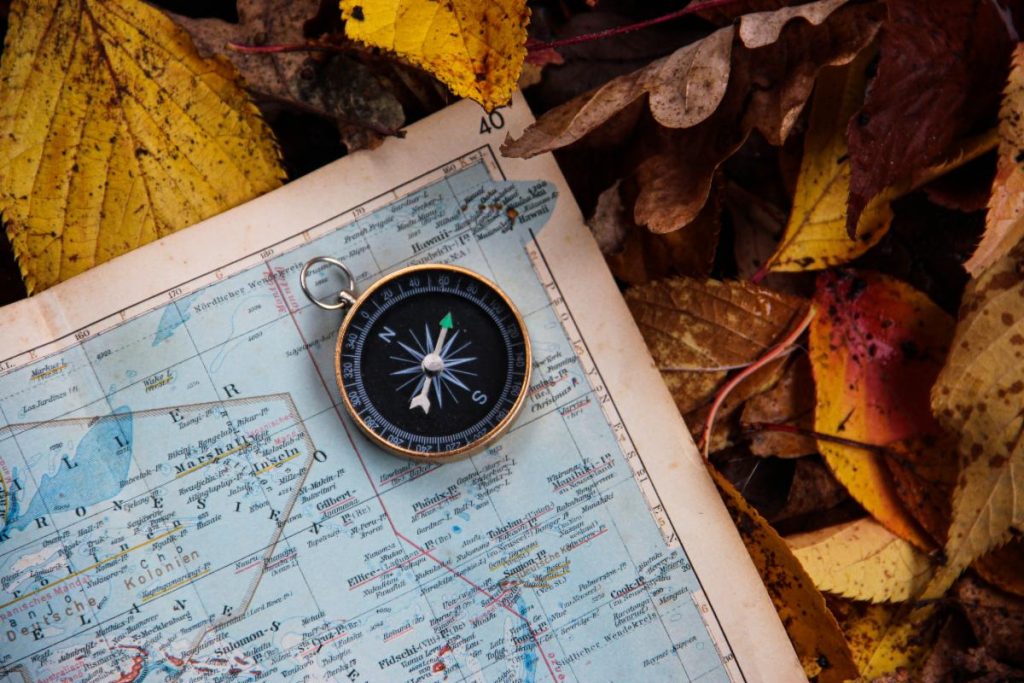
Another problem of expansion is that when you start to renovate or upgrade one thing, the unexpected side effect is that everything else begins to look worse.
You get a new sofa and only then truly realize how shabby the rug is or that the walls really need a fresh coat of paint.
Suddenly you’re on a slippery slope of home improvement.
The same principle even applies to basic housecleaning.
Right after you begin, paradoxically things somehow appear messier than when you started.
Indeed, sometimes even the apparent expansive solution defeats its purpose.
As The Notorious B.I.G. told us, rather than an influx of cash making our lives easier, “Mo Money, Mo Problems.”
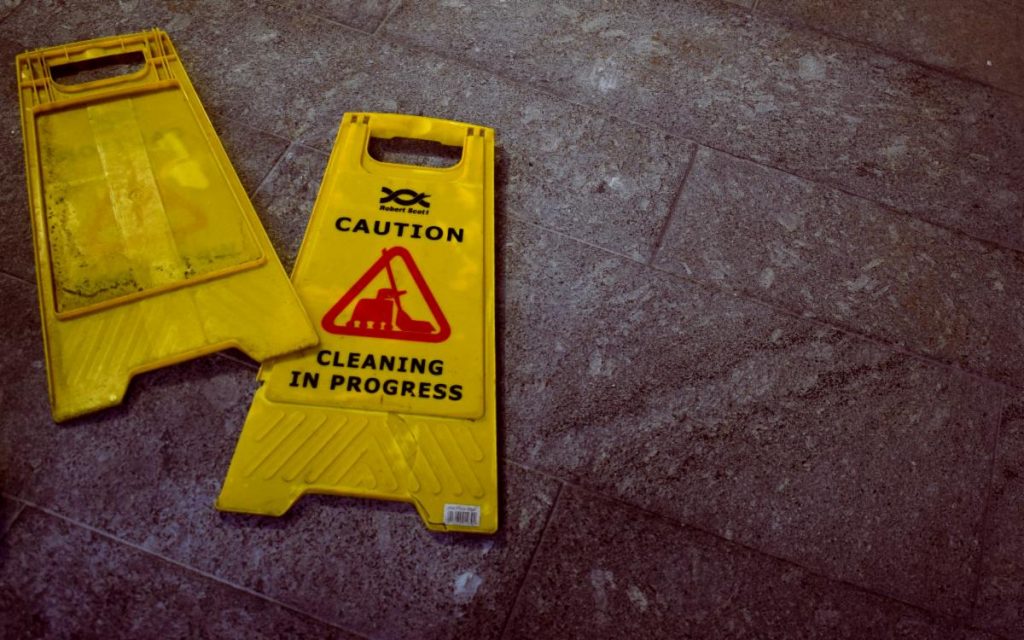
Another danger of expansion, one that can make people feel very uncomfortable, is that sometimes it involves leaving things––and especially people––behind.
Of course, there’s tremendous beauty in maintaining lifelong comrades.
Yet at the same time, not all longterm journeys are compatible.
At one extreme, for example, it’s a cautionary hallmark of every 12 Step Program that certain people aren’t going to be wise choices for your newly recovered life.
On a more mundane level, sometimes people simply grow apart in organic and inevitable ways, often because one person has traveled in new directions.
Speaking of which, a quirky song from the first World War springs to mind:
“How Ya Gonna Keep ’em Down on the Farm (After They’ve Seen Paree?)”

Written in 1919, the song describes the light-hearted dilemma of a simple couple––Reuben and his wife––about whether their boys, having experienced the lures of Europe, will ever be content on the farm again.
Interestingly, I found the original 1919 hit recording by Nora Bayes on Spotify, followed by Judy Garland singing it in For Me and My Gal (1942), and even a hipster, melancholy modern recording by indie rock multi-instrumentalist, singer, and songwriter Andrew Bird.
(I made a playlist HERE if you’re curious.)
Levity aside, it did make me think how ––even though I’m increasingly an inveterate homebody––post World War I or today, travel can be incredibly expansive,enlarging us in ways we could never have anticipated.
And thus, it’s easy for me to turn to the most well-traveled person I know, my beloved chocolate lab, Belle.
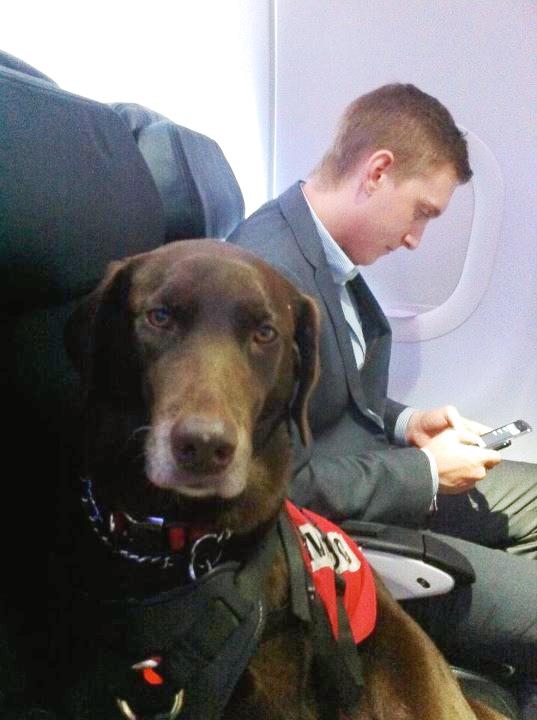
and was texting his girlfriend their photos)
Growing up my childhood dogs’ universes were pretty much confined to a family of six, neighborhood visitors, and our half-acre yard.
They lived simple, happy, and yes, generic lives.
Belle’s experience was quite different.
Her puppyhood was originally with my little sister in Connecticut, then she lived with me in Chinatown / The Lower East Side of Manhattan.
A semi-nomadic period followed were we drove across country, settling in for extended stays in LA, Vancouver, San Francisco, Florida for 2 projects, then finally moving back to the Upper West Side and ultimately Bushwick.
Belle flew by my side across country at least 6 or 7 times.
She was super popular andthus she got invited to a lot of parties and also––because she was certified as a service dog by the Humane Society––attended a large number of concerts and plays.
She was always flawlessly behaved.
People would sometimes compliment my training but honestly, I was just very lucky that she was such an easy joy.
I do believe I did, however, make one significant contribution to her excellence.
By being my constant companion during a particularly expansive period of my life (some might say “chaotic” or even worse), I believe the vast variety of her environments and experiences afforded her an extraordinary level of neural plasticity.

Humans are born with an astonishing 100 billion neurons––roughly the same number of stars in the Milky Way Galaxy.
We begin with about 2,500 synapses (the small spaces between cells where they communicate) per neuron.
By the time you’re three, however, you have six times that many (about 15,000) synapses per neuron.
You’d think with such a tremendous rate of expansion, the number of synapses adults enjoy would be beyond astronomical.
Interestingly though, it’s only about half of that 15,000 for most adults.
Why?
As we move through life, we strengthen some pathways and abandon others in a process known as Synaptic Pruning.
More plainly said,
“If you don’t use it, you lose it.”
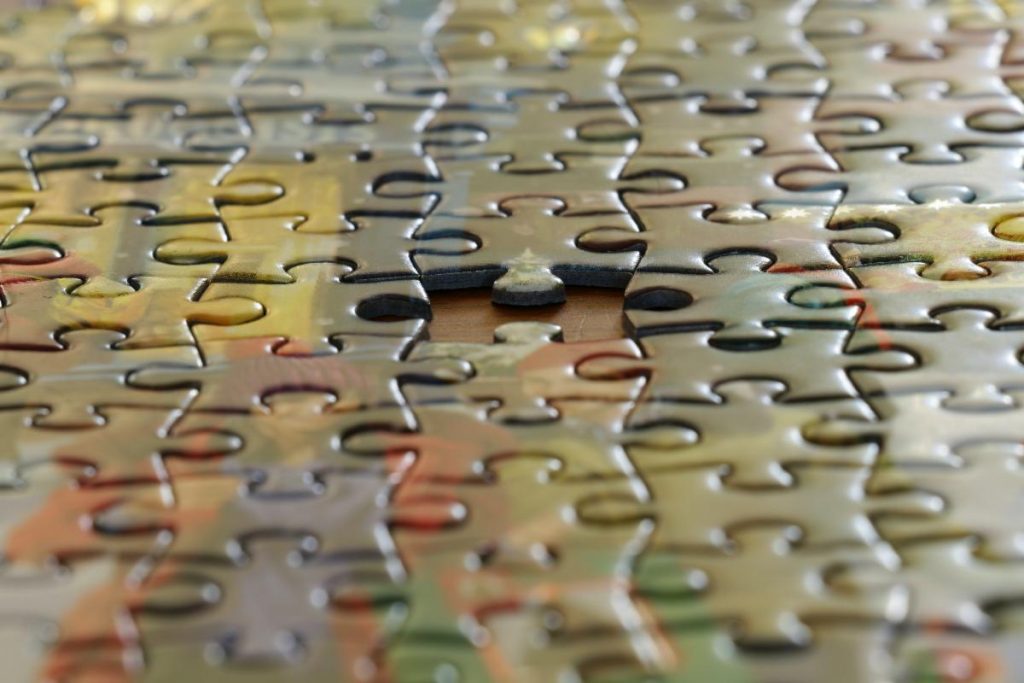
Here’s something else I find fascinating:
RIght up until the 1960s, scientists believed that the brain could only be developed during infancy and childhood.
Once you were a young adult, it was thought your brain had more or less established its permanent structure.
Only relatively recently, scientists began seeing proof that the brain could change its physical structure through learning and experiences and that it could also “rewire” itself, moving functions from damaged to healthy areas.
I’ll have more to share about this soon––particularly as it relates to the upcoming Nonchronological™ Project––but I find the possibilities of neural plasticity inspirational, even revolutionary.
Rather than conceiving of our brains as extraordinary but fixed machines––akin to my turbo-charged MacBook Air–-that lack the ability to grow or change, we now know that adaptation and evolution are continuously possible within our very core.
That is if, like Belle, we’re open to life’s expansive opportunities.
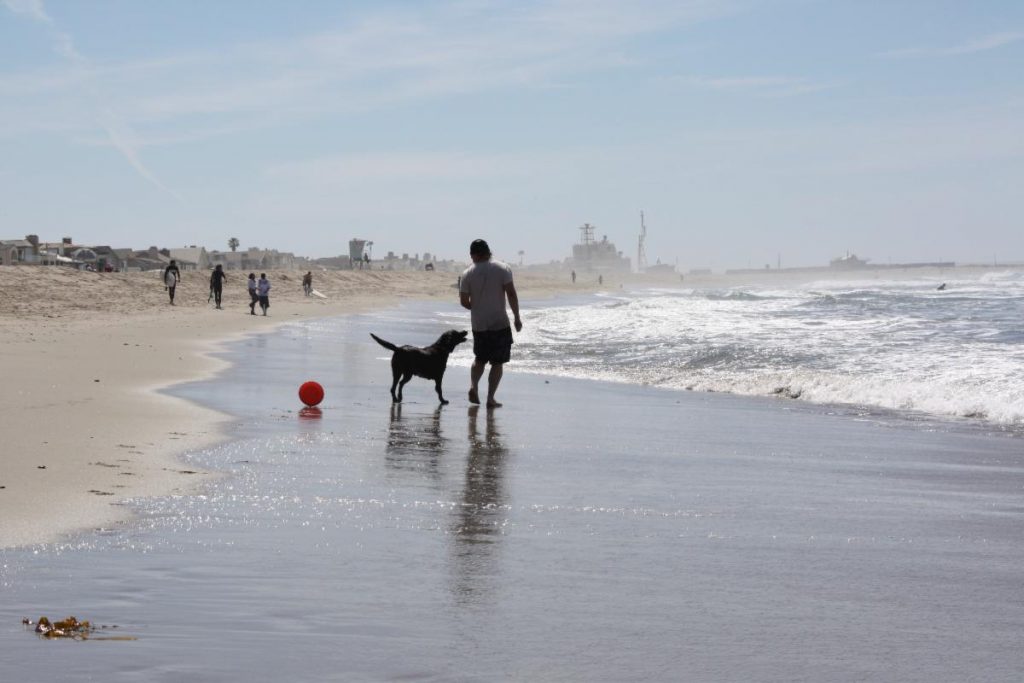
I’m writing this on the second anniversary of Belle going to her Heavenly Reward.
(That seems both like yesterday and a lifetime ago).
Having shared above some of the difficulties of expansion––being unready and unprepared for new territories, the disruptive messiness that comes improvement, and the necessity of leaving somethings behind––I’m still wildly in favor of the process.
Like Belle on a roadtrip, as e.e. cummings wrote, I still want to go––
“somewhere i have never travelled, gladly beyond
any experience…”
Some Synaptic Pruning in life may be inevitable, but at the same time, if we allow it, so is growth on a profound, structural level.
Expansion may have its price––indeed, you may not want to stay down on the farm, after you’ve seen Paree––but like really loving someone as amazing as Belle, it is so absolutely and assuredly always worth it.
